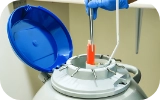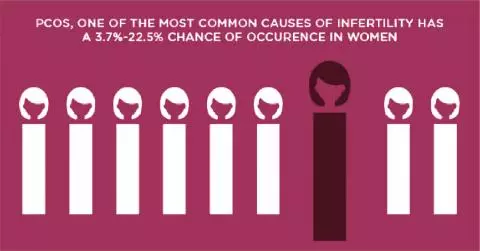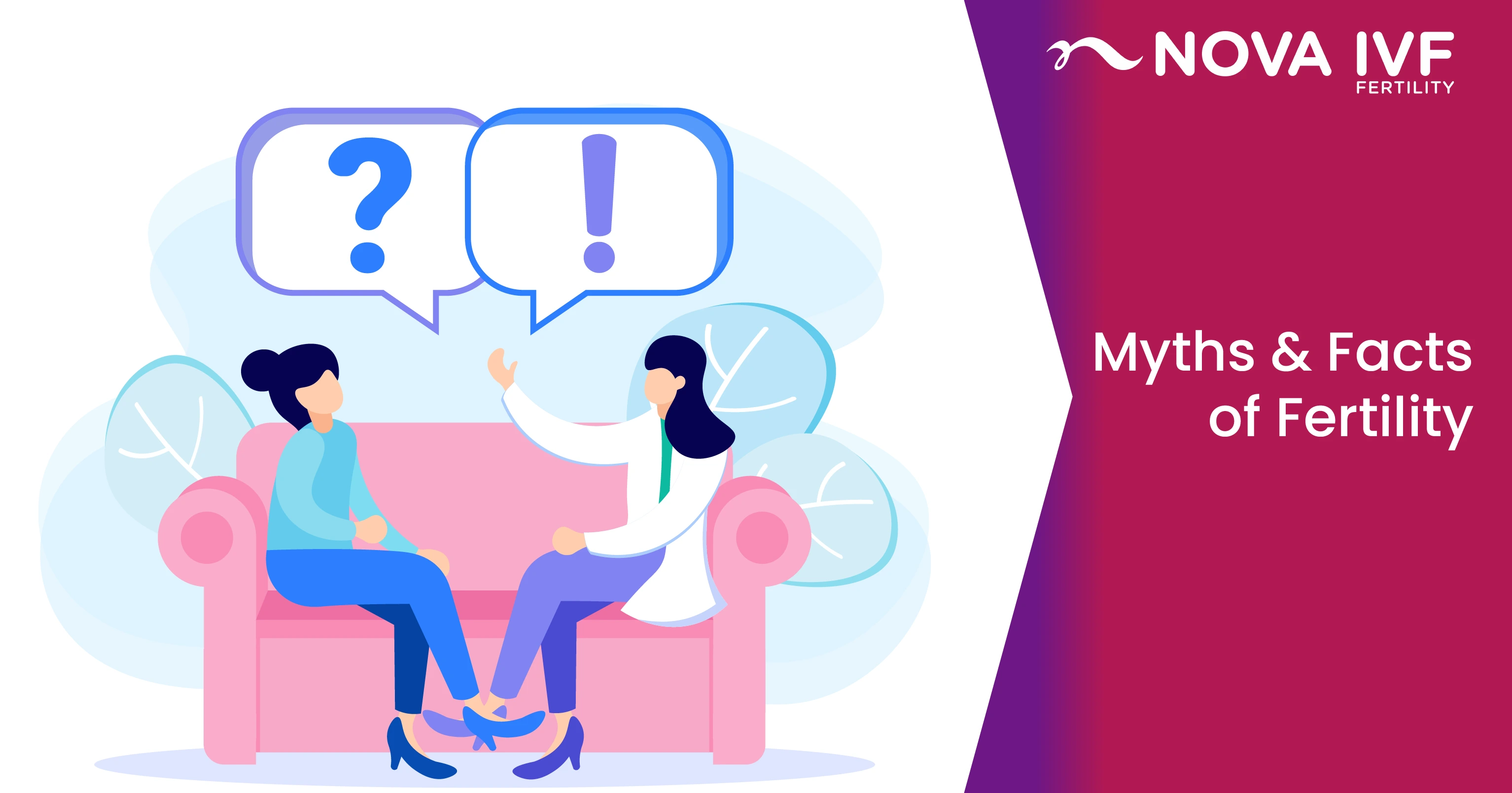Symptoms of Uterine Fibroid
Uterine fibroids can have a few common symptoms based on their size, location, and proximity to pelvic organs. The presence of two or all of these symptoms may indicate the presence of uterine fibroid:
- Abnormal bleeding
- Pain and pressure
- Frequent urge to urinate
- Constipation
Causes of Uterine Fibroid
The causes or exact reasons why uterine fibroid develops in some women are unknown. It is part hereditary as women who are affected often have a family history of fibroids. These growths occur as a response to the hormone oestrogen and can show up as early as 20 years. However, the chances reduce and the existent lumps shrink after menopause due to the lesser production of the hormone. There are a few factors that are commonly found associated with the presence of uterine fibroid.
- Obesity
- Nulliparity (Never having given birth to a child)
- Early menstrual period prior to age 10
Treatment Uterine Fibroid
The condition is often harmless but in certain cases, it may cause infertility and other health issues. This issue can be cured by surgery or medication-based treatments. Surgical treatments such as hysterectomy, myomectomy, cryosurgery, and embolization are procedures used to remove an uterus fibroid. Hormone therapy using medication is another option where the hormonal imbalance is corrected causing the fibroid to reduce in size and be cured.
 Infertility Counselling
Infertility Counselling Female Infertility Treatment
Female Infertility Treatment Andrology Treatment
Andrology Treatment Fertility Enhancing Surgeries - Female
Fertility Enhancing Surgeries - Female Fertility Enhancing Surgeries - Male
Fertility Enhancing Surgeries - Male Endoscopy Treatment
Endoscopy Treatment IUI Treatment
IUI Treatment IVF Treatment
IVF Treatment ICSI Treatment
ICSI Treatment Advanced IVF Solutions
Advanced IVF Solutions Embryology
Embryology Vitrification Egg, Embryo, Sperm Freezing
Vitrification Egg, Embryo, Sperm Freezing Preimplantation Genetic Testing (PGT)
Preimplantation Genetic Testing (PGT) Donation Program Embryo / Egg / Sperm
Donation Program Embryo / Egg / Sperm













